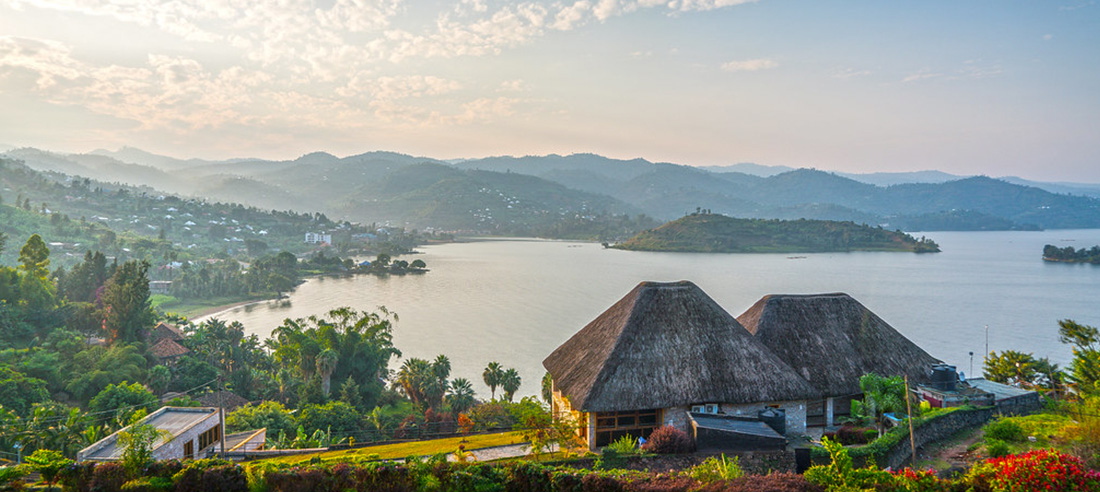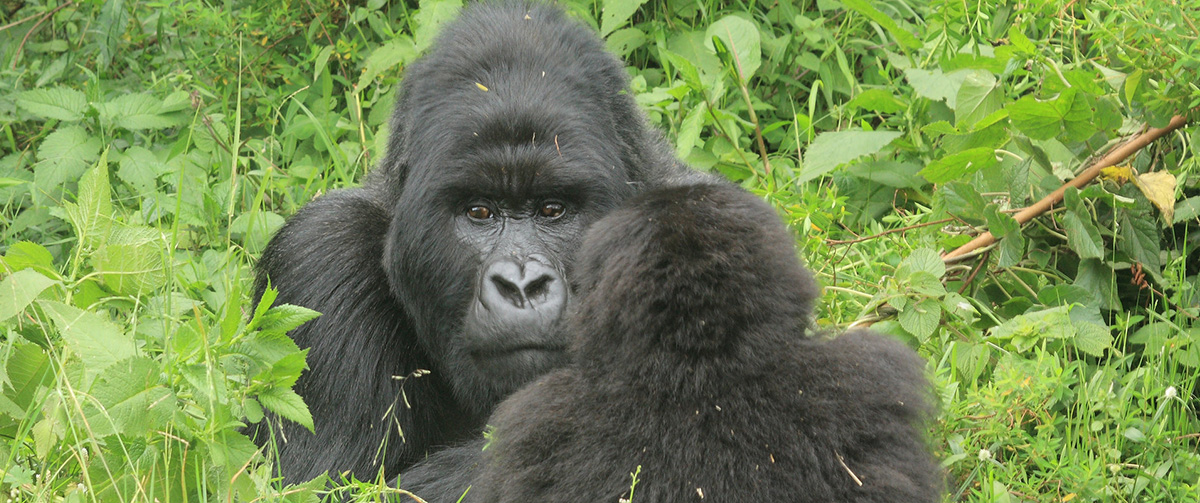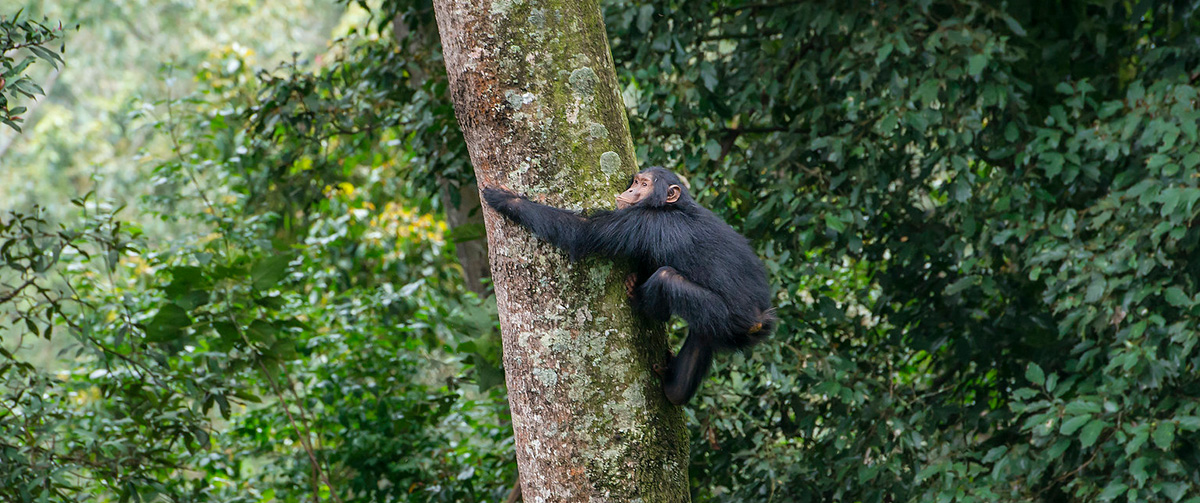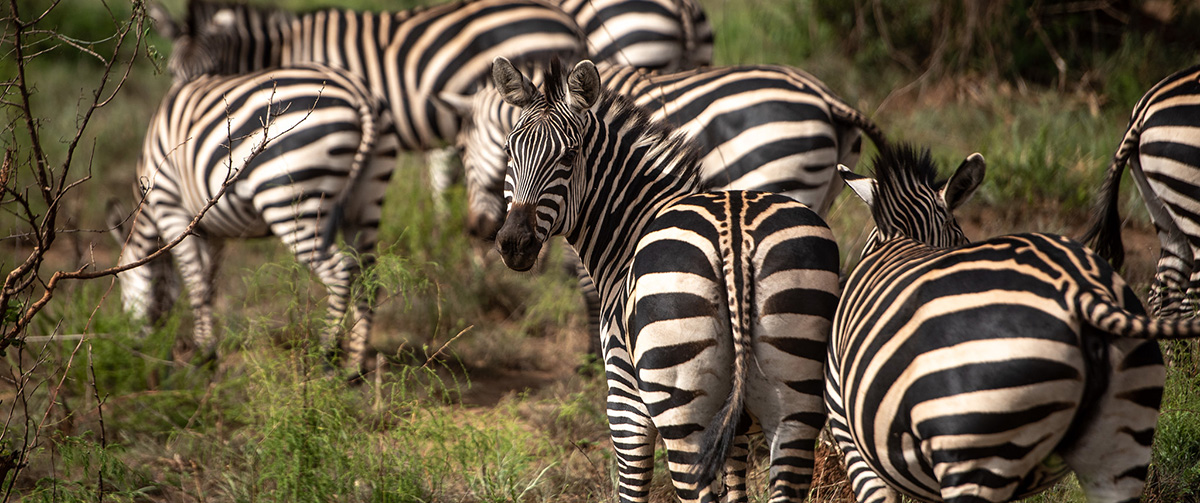Guide To Lake Kivu In Rwanda
I can’t think of anything that excites a greater scence for a child wander than to be in a country where you are ignorant of almost everything .lake kivu is one of the Africa’s strongest water bodies .it lies on the democratic republic of Congo , Rwanda and the Albertine rift in the western branch of the east African rift valley .Lake kivu is surrounded by magnificent mountains and has deep emerald green waters covering a surface area of 2700km2 .The lake has a rough jagged coast and contains numerous islands , the largest of which is idjwi.It was at one time part of a larger water body that filled a structural trough in the earth . The volcanic out pouring along its northern shore created a dam that separated kivu from lake Edward bared kivu s northern out flow and reversed its drainage to the south through the rusizi river into Tanganyika. Lake kivu is also a fresh water lake and along with Cameroonian lake nyos and lake monoun, it is one of the three that are known to undergo limnic eruptions. Around the lake, geologists found evidence of massive local extinctions about every thousand years probably caused by outgassing events.
What to know about lake kivu?
The lake is approximately 90km long and 50 km wide. It has been estimated to cover a total surface area of some 2700km2 making it Africa’s eighth largest lake. The surface of the lake sits at a height of 1460 meters above the sea level and it has a maximum depth of 475meters and a minimum depth of 220meters making it the world’s eighteenth deepest lake by maximum depth and the ninth deepest by minimum depth. It is predicted that lake kivu has a chance of suffering eruptions every 1000 years. The lake bed sits upon a rift valley that is slowly being pulled apart causing volcanic eruption. More on lake kivu, the lake has fish over 28 species and it is a home of four species of fresh water crabs. The biodiversity of lake kivu is threatened by deforestation of the lakes banks by people around practicing their activities like growing crops rearing animals erosion , improper use of agro chemicals and insufficient sewage water treatment .Lake kivu has around 142 species of plants , 80 species of birds ,52 species of invertebrates , six species of mammals , six species of reptiles and five species of amphibians .Some species such as the march mongoose , water birds and the snakes such as the rhinoceros viper , and foresee cobra are considered dangerous .The lake provides of 20000 tons of fish per year which fish is imported for animal protein .Later lake Tanganyika became the main fishery , this supports 500000 people in Rwanda and the democratic republic of Congo
The lake has methane which is estimated to have the capacity to generate 700MW of electricity over a period of 55 years .Rwanda’s share of the total generation potential is about 350 MW ,with the rest being shared with the democratic republic of Congo .Therefore the government decided to establish a supervising body ,the lake kivu monitoring program to ensure that the extraction of methane is safe and going on well and to also ensure the protection of the surrounding population through preservation of the lakes stability .More on that gas laws and regulation of methane projects are under review and expected to be gazzeted soon .The gas law will put out the frame work for the development of gas , infrastructure and operations in Rwanda .However the extraction of methane has become a challenge to the investors who have come to do it simply because it’s not very easy to get experts who know how to extract methane to the deep village of lake kivu ,despite the challenge, they have got a solution and managed to extract the natural resource hence becoming more important to Rwanda .Lake kivus shores are densely populated ,the principle towns of this lake are bukavu and goma in Congo and Gisenyi in Rwanda .The first European to visit the lake was the German explorer count Adolf von Got Zen in 1894 .Althoug
h the lake has a lot of fish , it is poor in fauna but rich in the volcano substance .Bukavu town
It was formerly constermansville city, eastern democratic republic of Congo, Africa on a peninsula extending into lake kivu.
. This town is highly developed with industries, markets and many commercial businesses that favour the people around the lake kivu. The town has a lake port, a tourist city with road access northwest to Kisangani, south west to kasai, south to Lubumbashi and to east Africa. The town majorly deals in agricultural produces that bring in income
River Rusizi
This river is the southern outflow of lake kivu in east central Africa along the democratic republic of Congo. It emerges from the lake just east of bukavu, democratic republic of Congo and flows about 100 miles generally south of Lake Tanganyika
Bio physical characters of the lake
The lake was formed by volcanic activity about 1to 5 million years ago. It has a surface area of 2370 km2 , a shore line of 180 km, a length of 97 km and a width of 48 km. It also has an average of 485m, water volume of 500km 3 a water residence period of 193 years and a basin of 5097km 2 .
Rwanda and democratic republic of Congo borders the lake. The area around the lake receives a long rainy period from February to May and shot rains from October to December. The lake s surface temperature varies between 22 and 24 c. The lake is found in an area with one of the highest population densities and population growth rates in the AGL region.
The population density around is lower in the democratic republic of Congo but is extremely high in Rwanda.
Why is lake kivu called a killer lake
It is referred to as a killer lake because it has large quantities of methane gases which could erupt posing grave danger to surrounding communities. The lava spilled into the lake raising fears it could ignite the methane. Putting other factors constant it also has some dangerous wild animals like the crock diles, hippos which scare people and are able to destroy their lives. To put all factors a side, lake kivu is more than just a scientific curiosity, because it is not like other lakes completely, the carbon dioxide and the methane trapped in its deeper layers have made researchers more worried because it would result into a disaster waiting to happen.
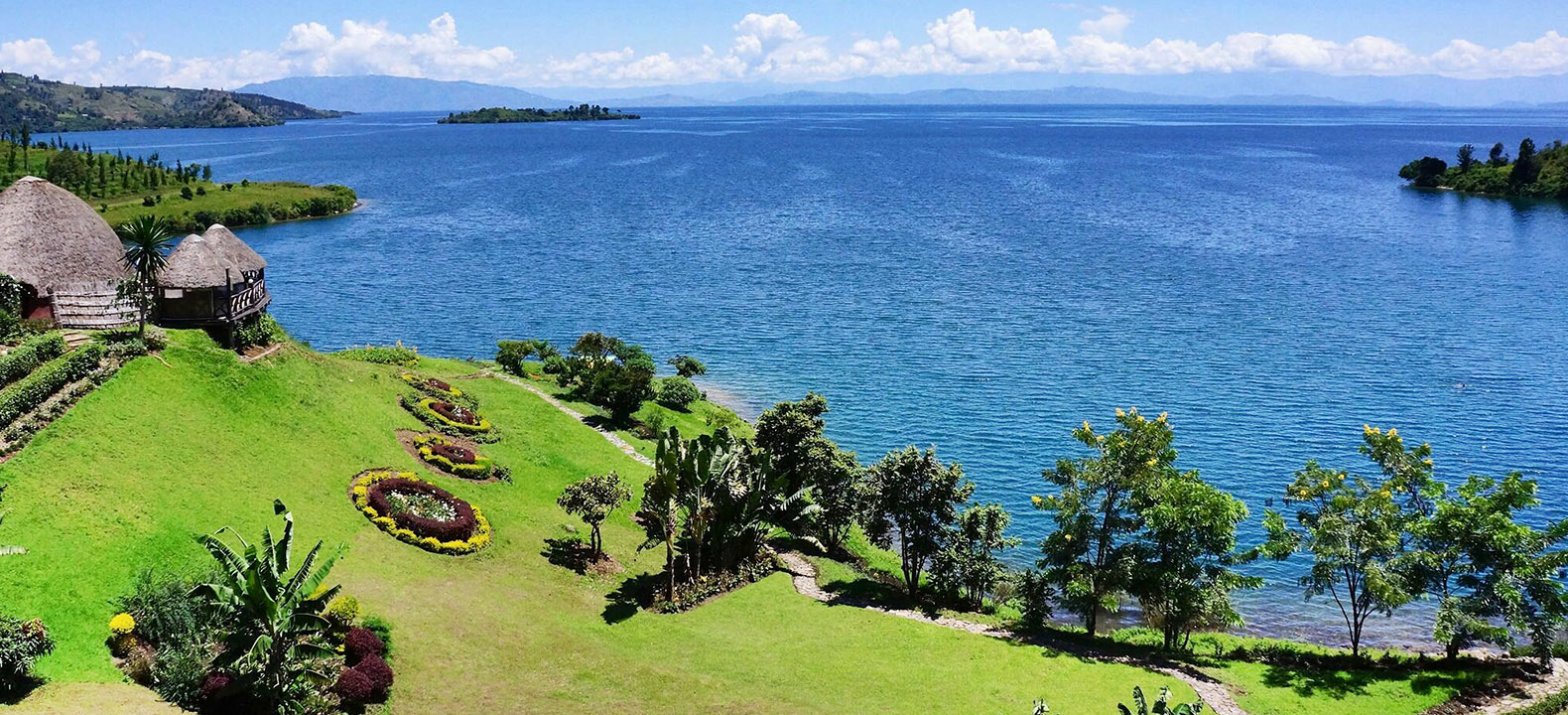
For many years , lake kivu was considered a hard by the people around the shores of the lake and this was all happening because several people were drowning , there after a myth emerged that the methane gas had sinking properties .There were also people fearing that the water was becoming more acidic and un favorable for the fish which was very important to the residents in terms of food and income source .More on that the lake had a lot of signs that it was showing people such as the eruption signs which made many residents to fear
Behavior of lake kivu
Lake kivu does not behave like other deep lakes. When water at the surface of a lake is cooled by winter air temperatures and rivers carrying spring snowmelt for example the cold dense water sinks, and the warmer, less dense water rises up from deeper in the lake. the whole process is known as convection. This is a process where the lakes lining is slowly pulled apart by tectonic forces, resulting stresses thin the earth’s crust and trigger volcanic activity creating hot springs below kivu that feed hot water, carbon dioxide and methane into the lakes bottom layers, these layers are then separated roughly into two regions; one of less dense surface water above 60 meters and below that is a region of dense water that is further stratified . However, lake kivu, circumstances have tried to stop this mixing giving the lake unexpected qualities and surprising consequences.
Threats of lake kivu
Lake kivu is threatened by the rapidly increasing fishing pressure on the lake, the increasing deforestation, especially on the Rwandan side and this is happening due to increased population which needs to be controlled as an immediately effect.
The lake water is currently clear and looks great but this will change due to increased people around with their activities
The lake is densely populated including towns like Goma, kibuye, kabare, cyangungu in Rwanda and the bukuku in democratic republic of Congo.
There is a problem of rural urbanization going on around the lake hence this has become a threat to lake kivu
There is increased pollution and addition of chemicals in the lake hence leading to death and destruction of biodiversity.
The increased human activities like agriculture has rapidly become a threat to the lake.
There is also climate change and this is due to global warming y the industries and the people around who burn bushes on the lakes to create space for settlement.
There is a high potential 0f eco-tourism on the island
Lake kivu has methane which is extracted to produce power and electricity to help the local people around like the fisher men and the surrounding people
Remedies to the threats of lake kivu
We should put it in mind that there is no problem without a solution therefore we can control the deforestation by educating the local people around about the importance of trees and the problems which will arise after cutting them down.
We can also control the same problem by introducing re afforestation, the planting of trees where they have ever existed.
We can determine suitable efforts for sustainable exploitation of the sardine fishery.
We can also undertake the proper urban planning to reduce its impacts on the lake
We can also monitor the impacts of cage fish farming
A regional institution should be formed to coordinate policies and management of lake resources
The extraction of methane must be regulated such that it does not harm the people and the environment.
Other resolutions include establishing sustainable funding mechanisms for development and conservation of natural resources and suitable efforts for sustainable exploitation of the fishery, and deforestation.
How did lake kivu get full of gases
The reason for this concentration of gases is that the lake sits in a highly volcanic area, carborndioxide enters the lake from the volcanic rock beneath it, and it is converted into methane gas by the bacteria and fermentation of biogenic sediments in the lake
It is known that lake kivu is biogenic in origin, formed by acetate pathway which also produces carbon dioxide .Anaerobic bio digestion of dead organic matter occurs when the lake is flowing .Other pathways such as methanogens exist ,where archaeal methanogens can convert some of the volcanic to methane .A lot of the gas is renewable with a current renewable rate averaging 0.5 % per annum .therefore indications of a varying rate of the renewal over recent decades may be due to the variety of measurement techniques .Lake kivu is estimated to contain approximately 55 to 6o billion m3 of dissolved bio methane mostly before a depth of 260m .
Governance
Lake kivu and Ruzizi river could have played a good role in coordination of policies and the taking care of the resources of the lake .Other national research , management and institutions for development also exist but they don’t cooperate and they are not well coordinated .The regulations to guide the tourism fish and agricultural resources do exist but there have been proposals to burn fishing on the lake because of the over declining number of fish in the lake being caught daily .Pollution is also yet a problem to rise but however it has not yet been registered so serious but however it is expected to increase due to the increased conversion to agriculture and urbanization in the basin and along the lake shores .
Conclusion
If you have a feeling of visiting lake kivu contact the local tour operators such as the adventure in the wild safaris for different lake kivu packages and other activities you may want to do their .
